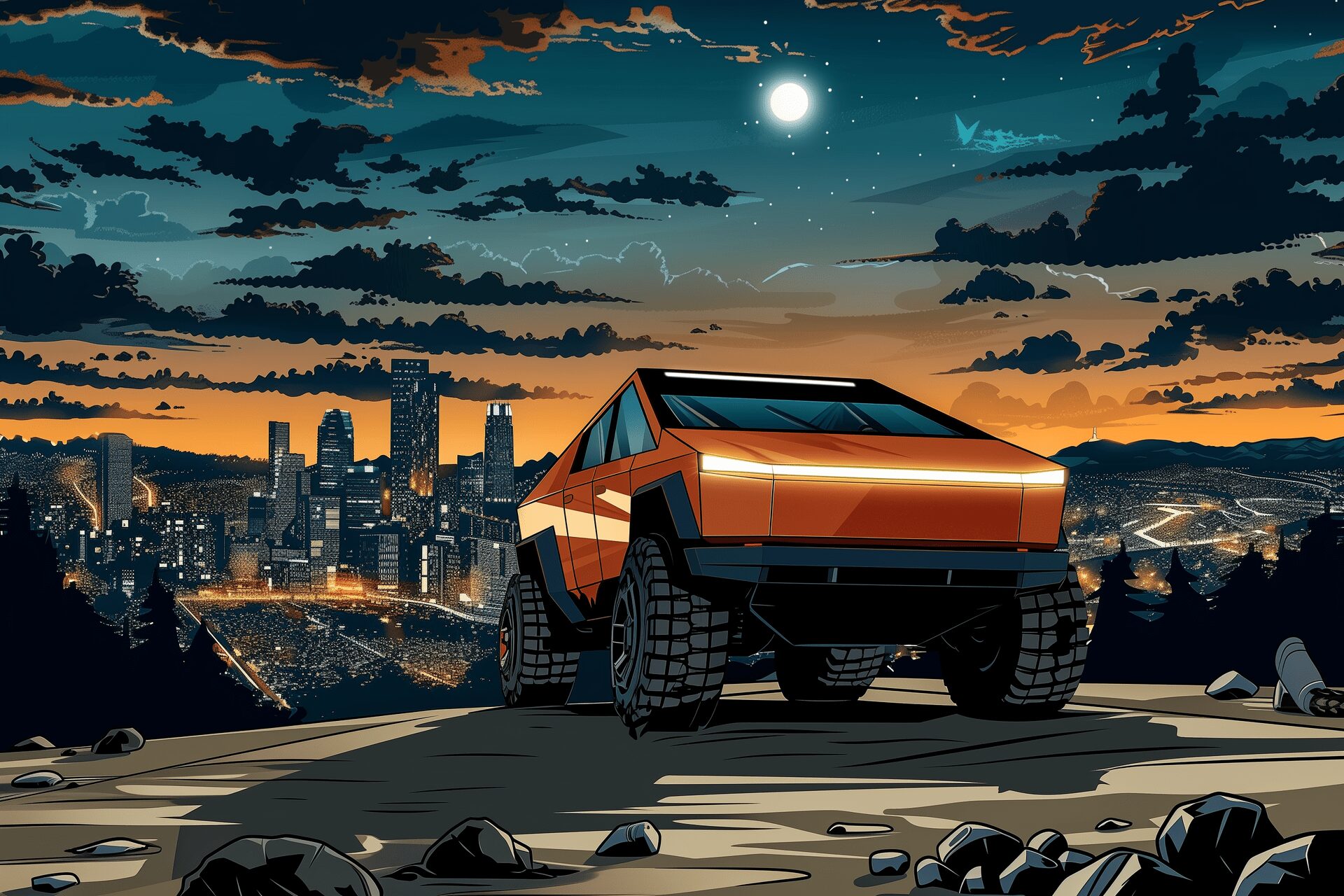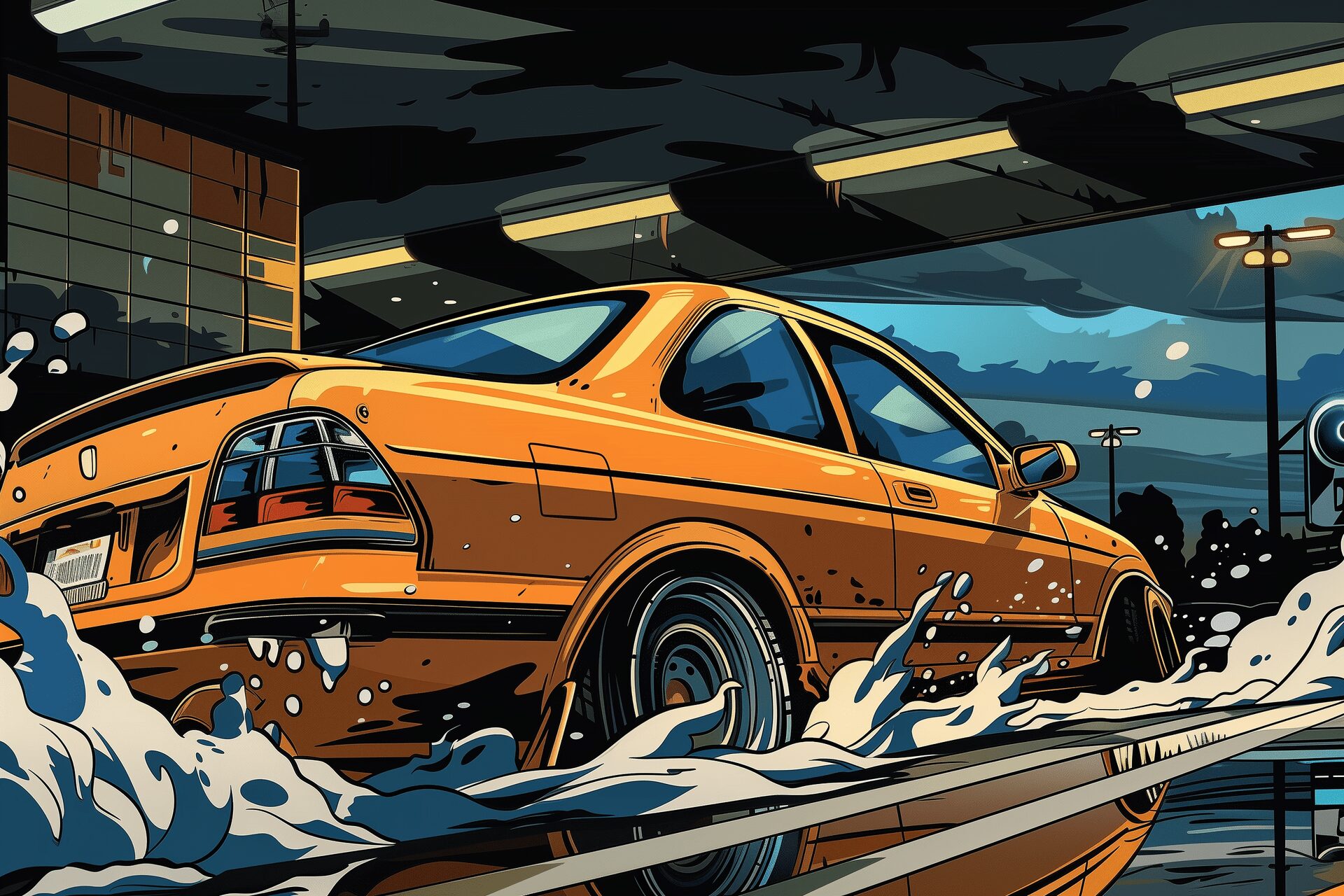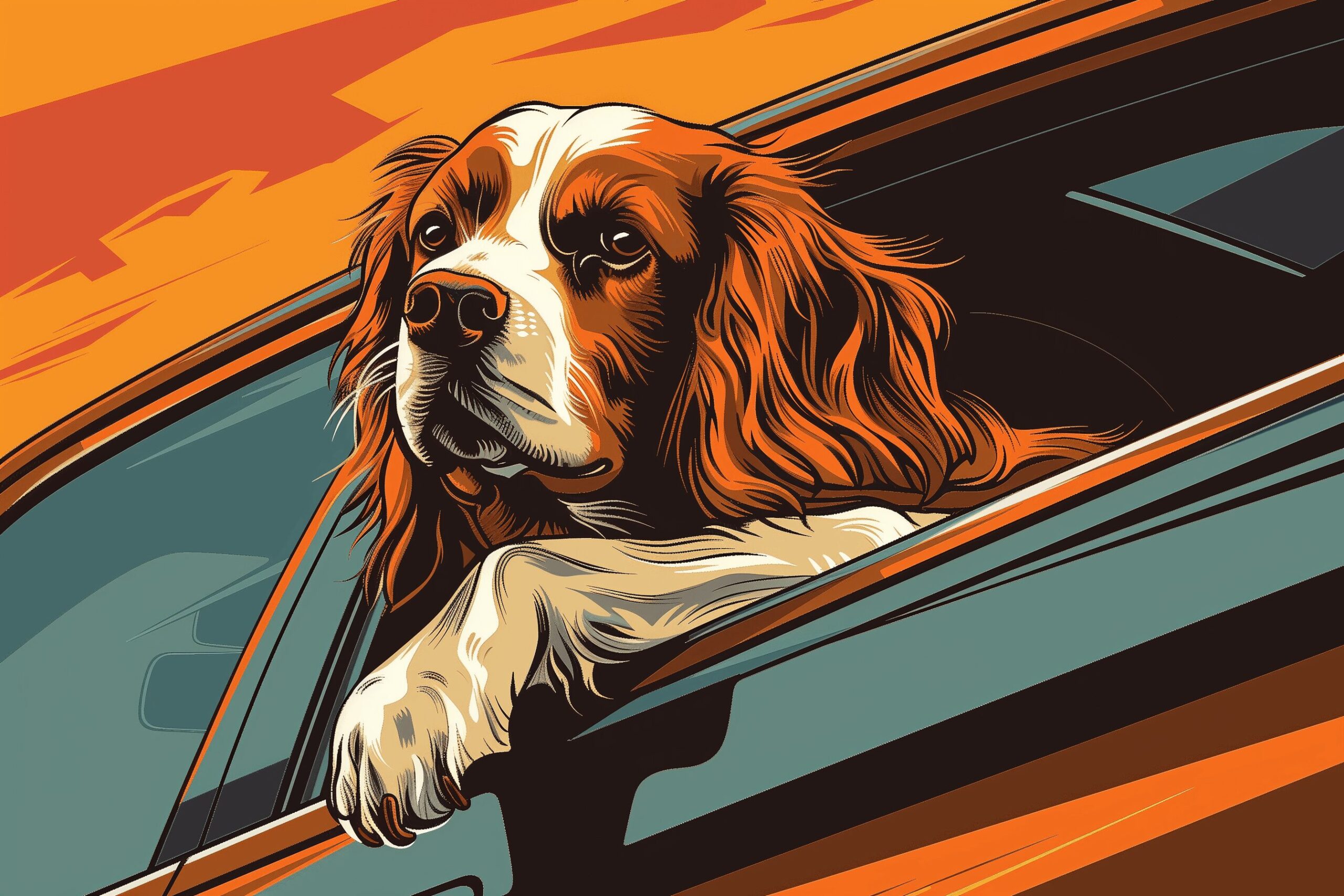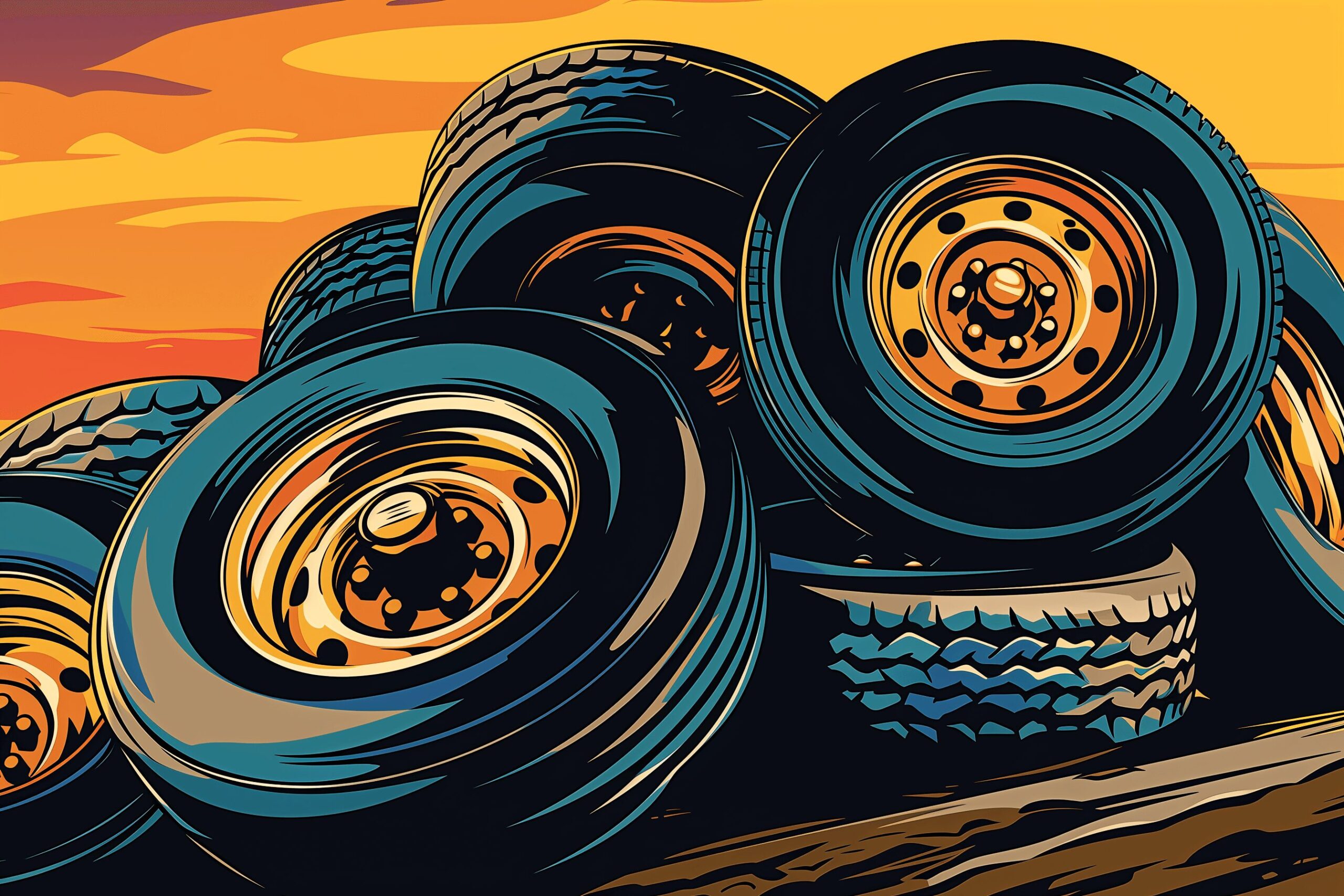5 Dangers of Driving on Unpaved Roads
Mar 17, 2023
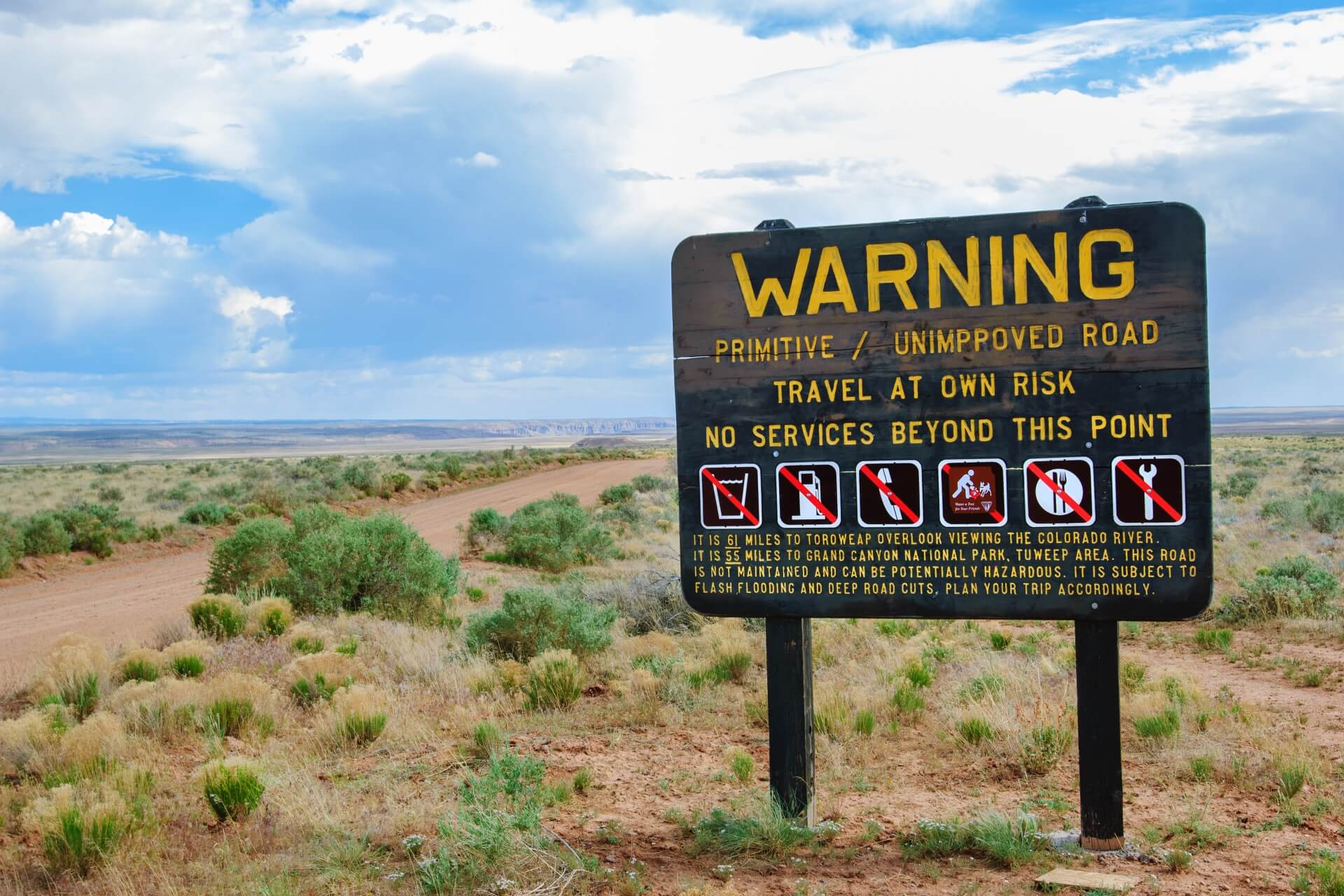
As an Amazon Associate, Modded gets commissions for purchases made through links in this post.
Driving on unpaved roads can have severe negative effects on your vehicle if you’re not careful. Your car might be well-equipped to handle dirt, gravel and other off-road surfaces, but accidents can still happen.
Here are the main dangers of driving on unpaved roads, plus five tips for keeping your vehicle safe.
How Can Unpaved Roads Damage Your Car?
While paved roads are smooth and stable, unpaved roads are rough, unstable and have minimal traction. The risk of an accident significantly increases once you go off-road. Unpaved roads account for up to 20% of accident fatalities in some states.
Unpaved roads can also damage your car’s paint, tires, suspension system, undercarriage and engine. Even if you have special off-road modifications to improve your car’s performance, you still might encounter the following problems:
- Paint: As your car kicks up debris while driving off-road, many small scratches can hurt the car’s appearance and value.
- Tires: Your tires are much more likely to experience uneven wear and tear on unpaved roads. Rocks can also get caught in the treads, which can be difficult to remove. A full tire puncture from a sharp rock, nail or piece of glass is another possibility.
- Suspension: Your car’s alignment, shocks and struts — all crucial components of the suspension system — erode more quickly when driving on unpaved roads. As they get worn down, your car will drive less smoothly and might develop an uneven steering problem.
- Undercarriage: You’re almost guaranteed to encounter muddy spots on unpaved roads. The mud kicks up into your undercarriage, filling every nook and cranny with unwanted moisture. Moisture leads to rust, which causes the undercarriage to erode and fall apart.
- Engine: Mud and other debris also get into your engine, clogging the air filtration system and causing the engine to overheat more quickly. The air filtration system is also responsible for sending clean air into your car’s cabin, so you might end up breathing unclean air full of dirt particles.
Every time you drive on an unpaved road, you must be aware of the potential consequences. Your car might be fine after one or two weeks of off-roading, but the damage will start to pile up after a while. You could end up spending thousands of dollars on repairs.

5 Tips to Protect Your Vehicle on Unpaved Roads
Driving on roads that are unpaved is more common than you think — about 35% of U.S. roads are unpaved. Many paved roads also have rumble strips, potholes and other uneven patches that you need to look out for. Keep these tips in mind whenever you need to drive on an uneven or unpaved surface.
- Be Mindful of Other Drivers
You should always be mindful of other drivers, but this friendly attitude is especially important on dirt roads. Slow down for oncoming traffic so you don’t kick up rocks and dust as they drive by. Hopefully they will show you the same courtesy. You should also flash your high beams or beep your horn when turning blind corners to warn anyone on the other side.
Unpaved roads are also usually narrower than the average two-way street, so you might need to pull over to let another car pass. Bigger vehicles always get the right-of-way because it’s harder for them to change speeds or pull over.
- Take it Slow
The first and most important rule when driving on rough roads is to take things slow. Since you have less traction, you won’t be able to accelerate or brake as effectively. Keep your speed in the 10-20 mph range so you can dodge obstacles and make a sudden stop if necessary. Driving slowly also kicks up fewer rocks and other debris, which reduces the damage to your vehicle.
- Watch Out for Obstructions
Some obstructions on unpaved roads aren’t immediately obvious. Bulldust holes, divots, rocks, muddy patches and wildlife can blend into the environment. You need to pay close attention to the road ahead so you have time to react to oncoming obstacles. Even if you drive on the same roads, new obstructions can emerge at any time.
- Slightly Lower Your Tire Pressure
Slightly lowering the tire pressure is a simple way to improve your car’s performance on unpaved roads. The tires can conform to the uneven surface more effectively, which adds more traction and reduces the chance of a puncture. Just remember to re-inflate the tires back to their proper PSI measurements once you’re back on paved roads.
- Keep Your Headlights On
You should always keep your headlights on when driving off-road, even in broad daylight. They will help you identify obstacles in the roadway and improve your visibility to other motorists. Some unpaved roads with constant traffic even have special laws that require drivers to use their headlights.
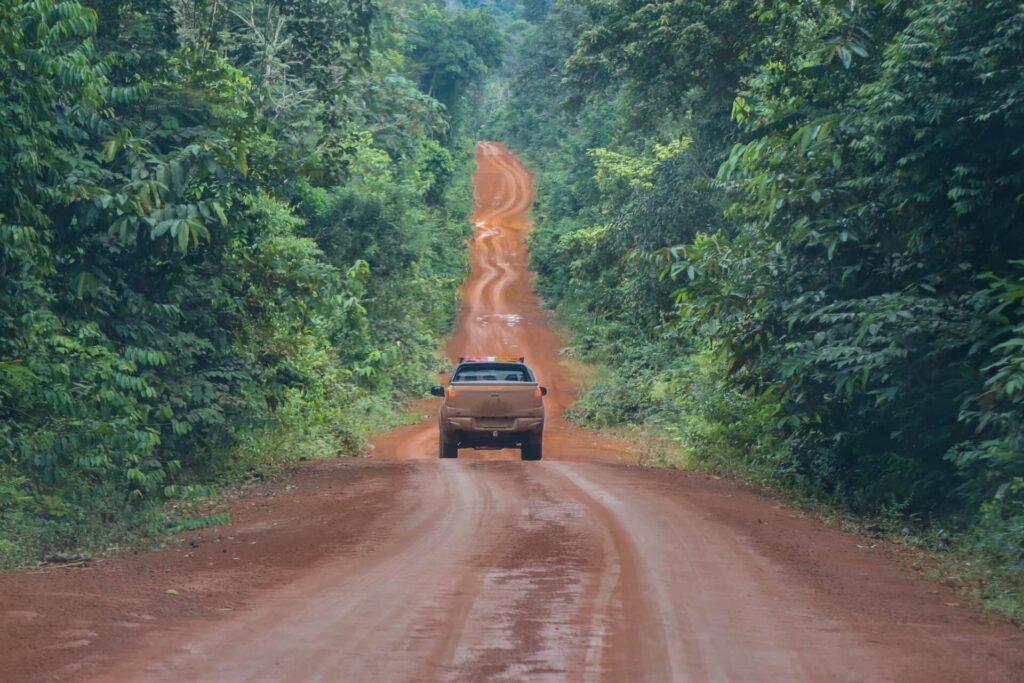
Take Extra Precautions on Unpaved Roads
Driving on unpaved roads increases the risk of an accident and subjects your vehicle to many types of damage. You need to take extra precautions to protect yourself, your car and other drivers. Keep these five tips in mind next time you go off-road to make the drive go as smoothly as possible.


